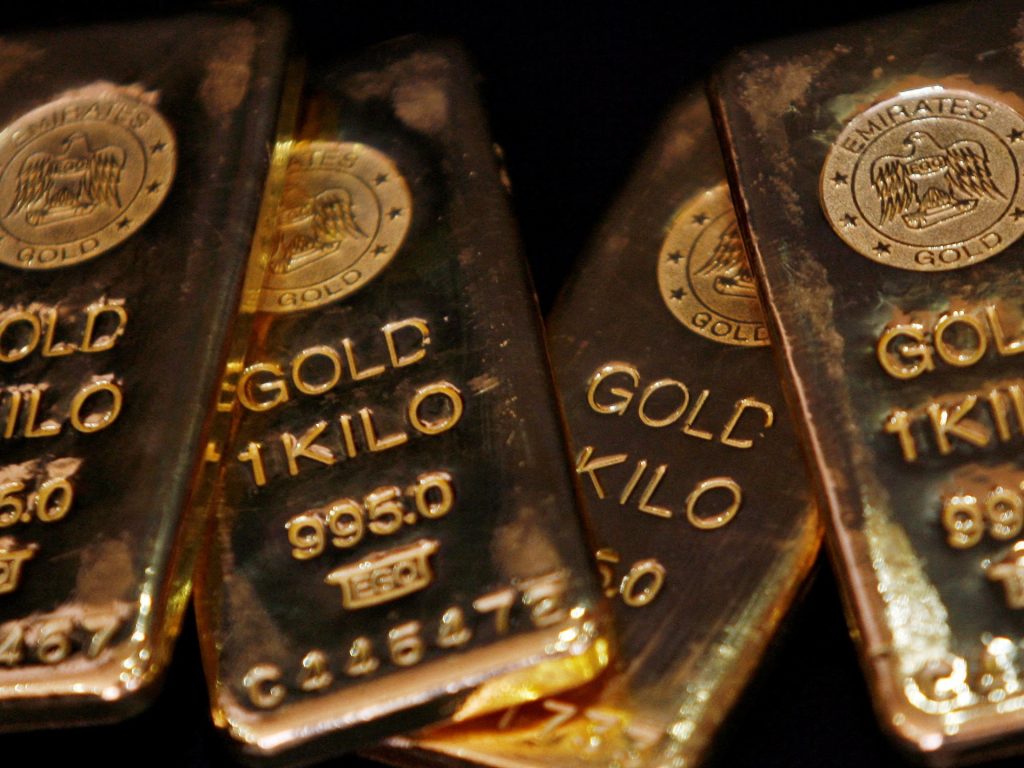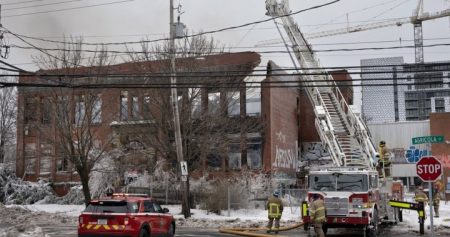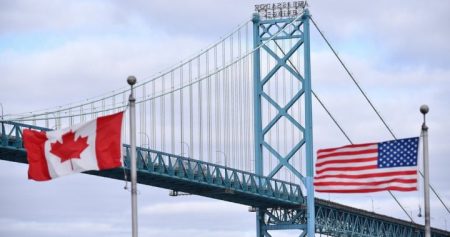United States President Donald Trump’s Tariffs Send Global Markets into Turmoil
United States President Donald Trump’s tariffs—some threatened, others already implemented—have sent global markets into a state of high uncertainty and volatility. The recent 25 percent tariffs on steel and aluminium imports, which took effect this week, have particularly rattled economic players. These tariffs have not only pushed down several currencies but have also made everyday goods more expensive, especially on grocery shelves. For those who visit the jeweller, the cost of gold has surged, becoming a significant point of concern and interest. As we delve into the reasons behind the soaring gold prices and the broader economic implications of Trump’s actions, it’s clear that the global financial landscape is undergoing significant shifts.
Gold Reaches New Heights Amidst Economic Uncertainty
Following President Trump’s economic moves and rhetoric, the price of gold has climbed to unprecedented levels. On Monday, gold broke the $2,900 per ounce barrier for the first time, and by Tuesday, it had extended its gains to reach a new peak of $2,942 per ounce. Spot gold rose by 0.3 percent to $2,916.37 per ounce as of 07:01 GMT, with earlier peaks at $2,942.70. The recent surge in gold prices is not an isolated incident but part of a larger trend driven by global economic uncertainty. Investors are increasingly turning to gold as a safe haven, seeking to protect their wealth from potential disruptions and economic instability.
Why Gold is Considered a Safe Asset
Gold has been used as a currency and traded for thousands of years, and it is widely regarded by investors as a safe haven during times of economic uncertainty. Unlike paper money, which can lose value due to inflation or overprinting, gold retains its worth over time because it is a scarce and tangible resource. Its value is not tied to any specific country or government, making it universally usable. The World Gold Council (WGC) emphasizes that gold is a highly liquid asset, which carries no credit risk and is scarce, thus preserving its value historically. In times of market turmoil, gold’s stability and liquidity make it an attractive option for investors looking to safeguard their assets.
Historical Context: Gold’s Performance in Economic Crises
The historical performance of gold during economic crises further reinforces its reputation as a safe asset. In early 2008, when gold prices surpassed $1,000 per ounce for the first time, the United States was grappling with a housing crisis that would soon evolve into a global financial meltdown. Although gold prices briefly dropped, they quickly stabilized and began to climb. By September 2011, gold reached a record high of about $1,900 per ounce, reflecting the global economic uncertainty and the search for safe assets. More recently, in February 2022, Russia’s full-scale invasion of Ukraine created significant market uncertainty, contributing to rising oil and commodity prices and exacerbating inflation concerns. By March of that year, gold prices spiked to $2,070 per ounce, up from $1,910 the month before. These historical examples highlight how gold often performs well during times of economic and political unrest.
Trump’s Latest Tariff Decisions and Their Impact
President Trump signed proclamations late on Monday, reinstating a 25 percent tariff rate on steel from all countries and raising tariffs on aluminium to 25 percent from the previous 10 percent rate. He also eliminated tariff exclusions on products that use both metals, as well as country exceptions and quota deals. The United States imported about $49 billion worth of steel and aluminium in 2024, according to government data. Trump’s rationale for these tariffs is rooted in a desire to boost American manufacturing and protect national interests: "Our nation requires steel and aluminium to be made in America, not in foreign lands. We need to create in order to protect our country’s future," he said, echoing his previous anti-trade rhetoric directed at neighbouring Canada and Mexico. While the tariffs will apply to these major suppliers, Trump has, for the moment, paused plans to impose broader 25 percent tariffs on all imports from them. However, he has imposed a 10 percent tariff on Chinese imports, further complicating international trade relations.
Global Reactions and Economic Fallout
Trump’s tariff decisions have elicited strong reactions from trading partners and experts worldwide. Canadian Prime Minister Justin Trudeau, speaking on the sidelines of an artificial intelligence (AI) summit in Paris, called the tariffs "entirely unjustified." He highlighted the close economic ties between Canada and the United States, stressing that Canadian steel and aluminium are integral to key American industries, including defence, shipbuilding, manufacturing, energy, and automotive. Trudeau pledged a "firm and clear" response to protect Canadian workers and industries. Asia, too, is bracing for the impact. China, which had previously responded to Trump’s tariffs by imposing its own on a range of US imports, including coal and crude oil, is sending a warning to Washington. Al Jazeera’s Katrina Yu, reporting from Beijing, noted that these Chinese tariffs serve as a clear message. Gabriel Wildau, senior vice president at the global business advisory firm Teneo, commented that while these latest tariffs are likely to spark retaliation, a full-blown trade war remains uncertain. Retaliation is expected to take the form of sectoral tariffs, creating a cycle of economic tension but not necessarily a widespread trade conflict.
Broader Economic Changes and Market Reactions
Trump’s tariffs, along with his policies on tax cuts and deregulation, have reignited fears of inflation, prompting the US Federal Reserve to consider keeping interest rates elevated. This has led to the US dollar strengthening against most of its peers, further complicating the global economic landscape. In Asia, shares in Chinese steelmakers dipped between 0.145 percent and 2.62 percent, while futures in iron ore, a key ingredient in steel production, erased early gains and traded lower. The supply side of the market is also affected, with weather-related disruptions in Australia initially supporting higher prices, but the overarching concern about tariffs has dampened these effects. Asian markets are struggling as traders remain wary of President Trump’s next moves, highlighting the interconnectedness and fragility of the global economy in the face of unilateral trade actions.












